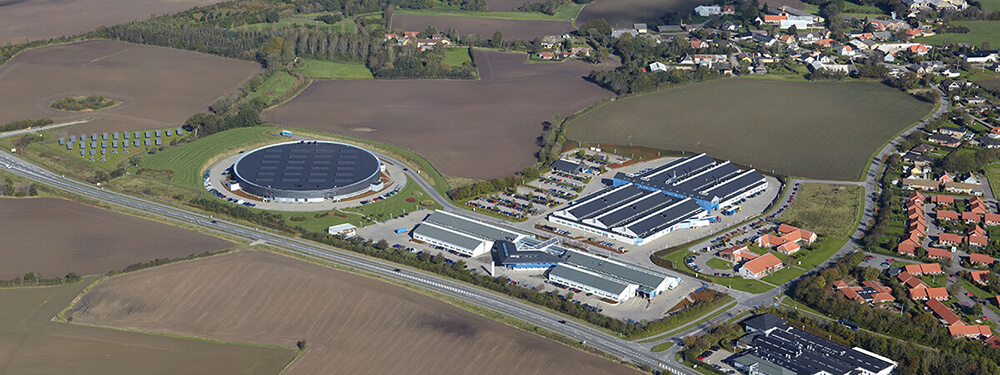LINAK Group, Danish Manufacturer of Electric Linear Actuators

One of the seemingly inescapable fates of a growing business is that the larger it gets the more bureaucratic it becomes. Over time, a fast and agile company gradually becomes slower and less responsive to customer needs and market changes.
The company embarked on its first major change initiative. “Our customers loved what we made because it fit their needs, but our quality wasn’t always superb,” recalls John Frost, V.P. & General Manager.
One of the biggest challenges of that initial quality improvement project was top management. Managers had a tough time getting used to the different pace, new metrics and more deliberate quality control processes.
The company began implementing lean manufacturing practices in its production areas. That initiative eliminated excess handling, movement and inventory, significantly increasing throughput and productivity.
Not long after LINAK implemented lean manufacturing practices in its production areas, it launched lean initiatives in its R&D departments. The process changes didn’t take root. Frost says the company wasn’t far enough along to apply lean to R&D.
TBM began working with LINAK to design and implement a new product development process. Management liked the kaizen workshop approach which forced cross-functional agreement and cooperation.
“A more structured way of doing R&D will give us speed and efficiency.”
Following an initial assessment of past projects, the first kaizen event team mapped out each phase of the current development process on a long sheet of brown paper. It was enlightening. Everyone had a rough idea of the process which had become messier over the years, but no one really had a detailed view of everything that happened from idea generation to product launch.
During subsequent kaizen workshops, improvement teams designed the new development process from the initial idea and project team formation through product launch and business review.
To achieve the objective, Linak Kaizen teams:
The new approach also includes a periodic review of new product ideas to align resources and more actively manage the company’s product portfolio.
A restructured project planning and performance management process monitors tasks and due dates. They are also tracking key performance indicators (planned to actual hours, and completion dates, for each task) to drive future improvement.
Going forward, product development managers will address any failures or roadblocks in weekly escalation meetings. “In R&D you’re typically trying to do something that has never been done before,” Frost concludes. “A lot of strange things can happen, and it’s rare where you have a project that runs as you believed or anticipated.”
At a Glance
Client
Results
LINAK wanted to become faster and more responsive to customer needs and market changes. Management’s goal was to create a highly disciplined product development process that always hit milestones with 30–40% faster lead times